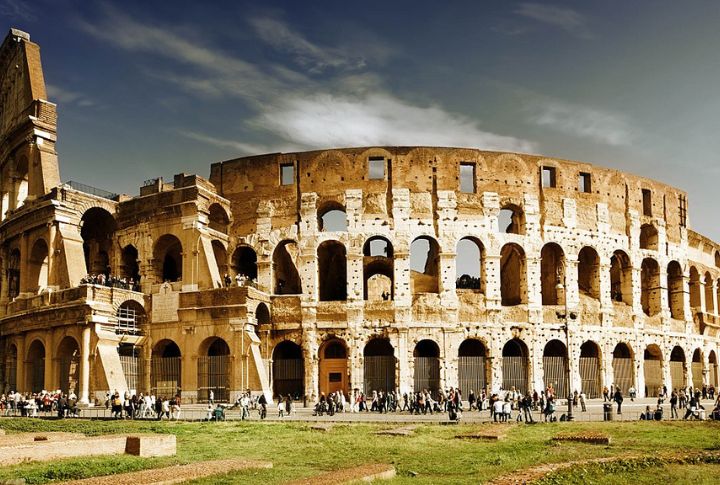
Rome is one of those cities everyone thinks they know. Colosseums, historical emperors, pasta—the list goes on. Its impact on culture and language is undeniable, but not every popular belief matches reality. Some stories have been stretched, others oversimplified, and a few are just plain wrong. Here’s a list of 20 myths about Rome and the surprising truths that show what people often get wrong.
Rome Was Always Politically Stable
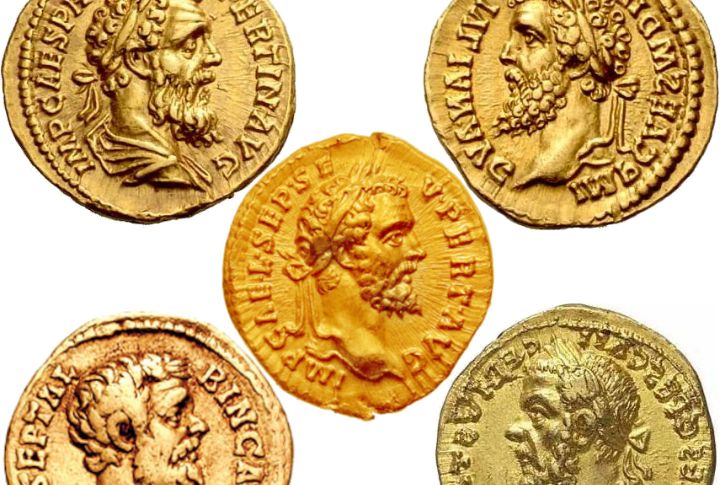
Rome’s political scene was often a mess, especially as the Empire began to decline. It was a constant power struggle, such as the “Year of the Five Emperors,” when five different people claimed the throne in one year. Many rulers had short reigns and met a violent end. Civil wars were a regular occurrence.
Roman Architecture Was Entirely Original
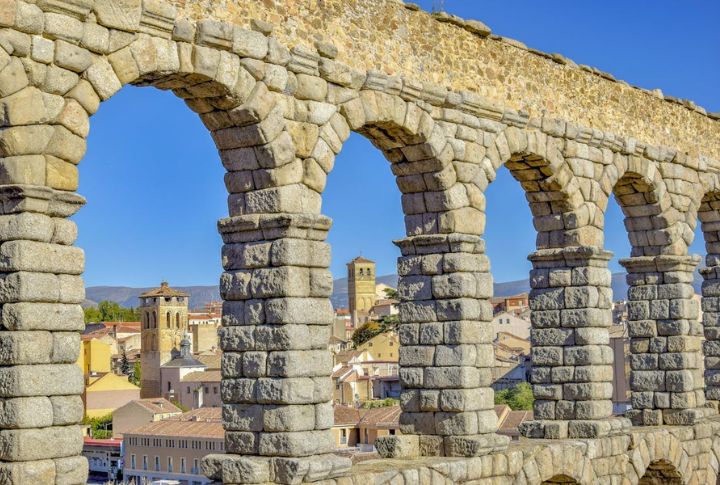
Roman engineers were brilliant. They developed advanced techniques and used concrete to construct remarkable structures such as aqueducts and the Pantheon dome. However, they did not invent everything. Instead, they adopted many ideas from Greek and Etruscan designs and enhanced them with their own innovations.
All Romans Wore Togas Daily
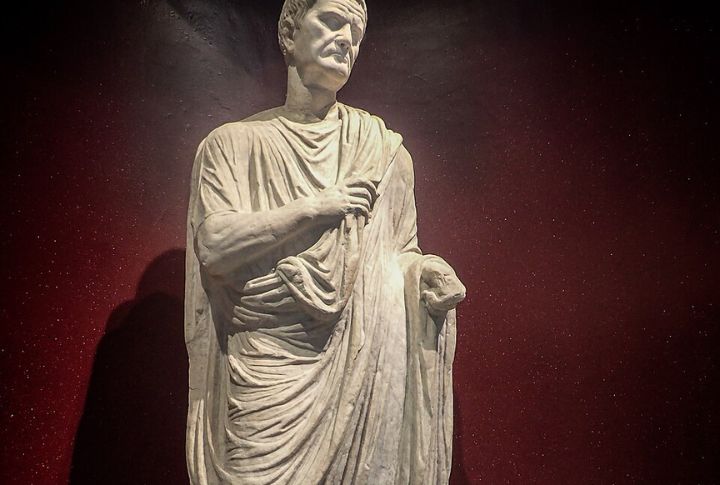
Togas were a fancy drape, reserved only for special occasions and official business. Men who were citizens wore them during ceremonies, with the color signaling their social status. In daily life, most Romans found them totally impractical. They opted for simple tunics and other easy garments.
Gladiators Always Fought To The Death
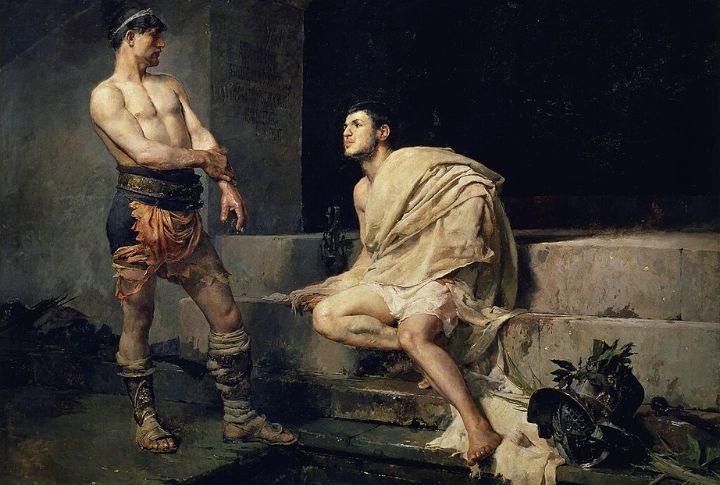
Gladiators were major investments for their owners, so a fight to the death was the exception, not the rule. Think of them as high-priced athletes—their lives held real value, and keeping them alive made financial sense. Many specialized fighters showcased unique styles, and countless matches ended without anyone dying.
Romans Invented Democracy
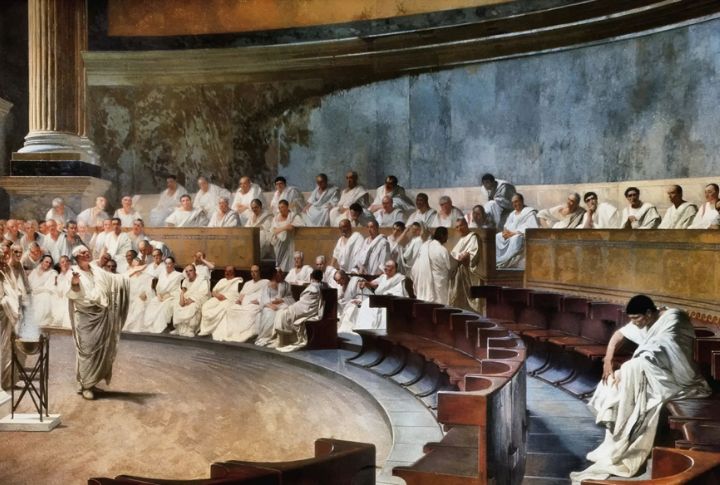
Democracy, as we know it today, originated in ancient Greece. The Romans had a republic rather than a democracy. While they did elect officials, that privilege was restricted to a select group. The Senate held significant power, filled with elite citizens rather than offering a true representation of the broader population.
The Roman Empire And The Roman Republic Are The Same
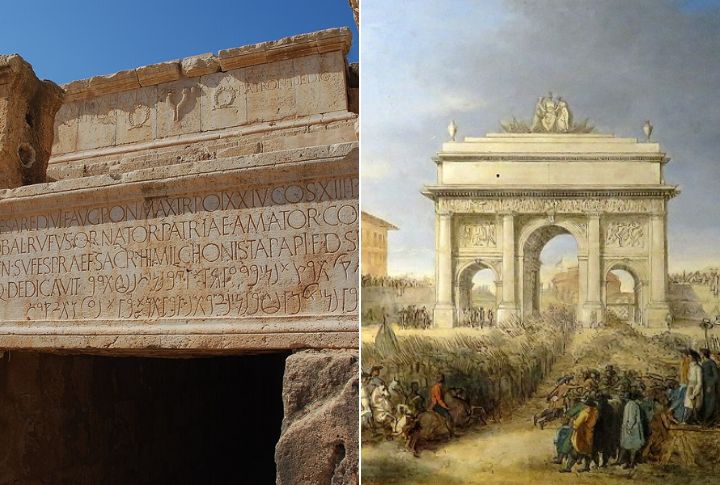
Rome experienced two very distinct eras. The Republic came first, lasting nearly 500 years with a Senate and elected officials, where power was shared, at least in theory. After Julius Caesar’s death, the Empire rose, with Augustus seizing control as the first true emperor. One era thrived on collective governance and the other centered on absolute authority.
Rome Tolerated All Religions
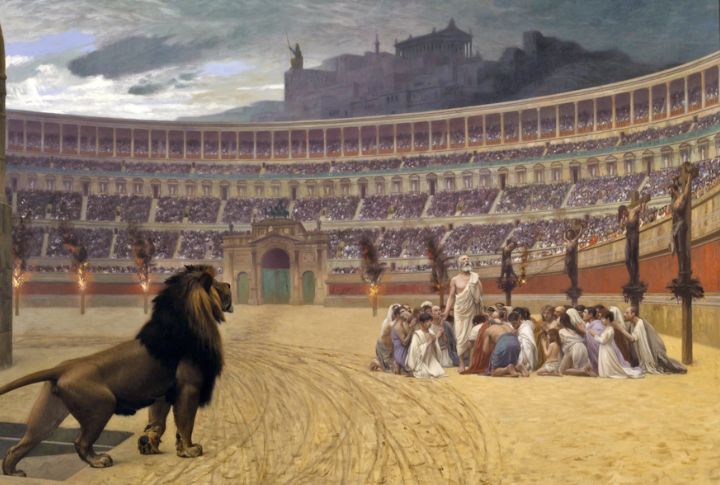
The idea that Rome let people follow any religion they wanted is not true. They allowed some religions, but groups seen as a threat were punished. For example, Nero blamed Christians for problems, and they suffered a lot until 313 CE, when the Edict of Milan made Christianity legal.
Latin Was Spoken Uniformly Across The Empire
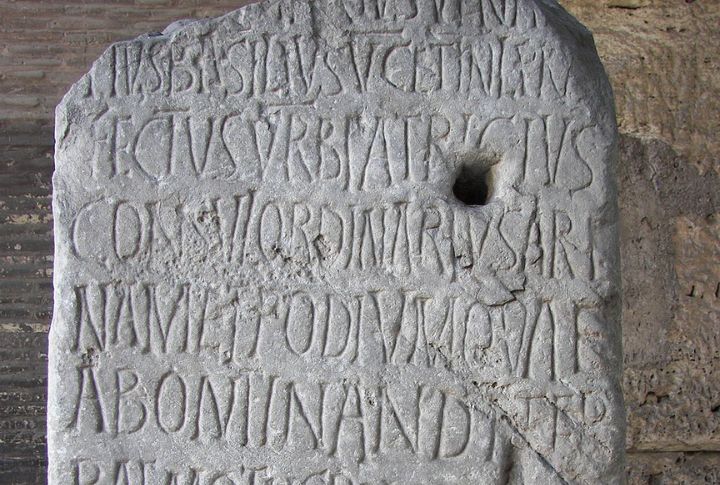
Latin was Rome’s official language, but in reality, many different languages were spoken across the Empire. People usually spoke their own native tongues, and officials needed to know several languages to govern. Greek was especially common in the eastern regions. The mix of languages eventually shaped modern languages like Spanish and French.
Most Ancient Roads Were Only For Military Use
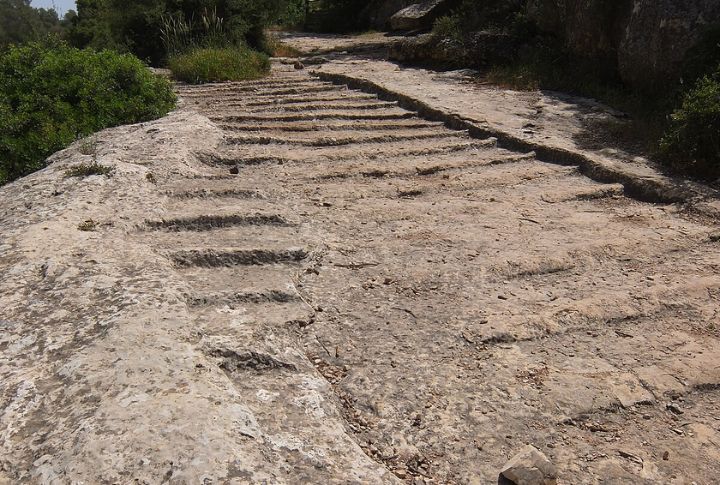
Rome’s famous roads weren’t just for soldiers. The saying “all roads lead to Rome” came about for a reason. This incredible network was used by merchants and regular people traveling for business, and officials used these roads as well. Surprisingly, some of those ancient routes are still in use.
All Ancient Romans Were Wealthy
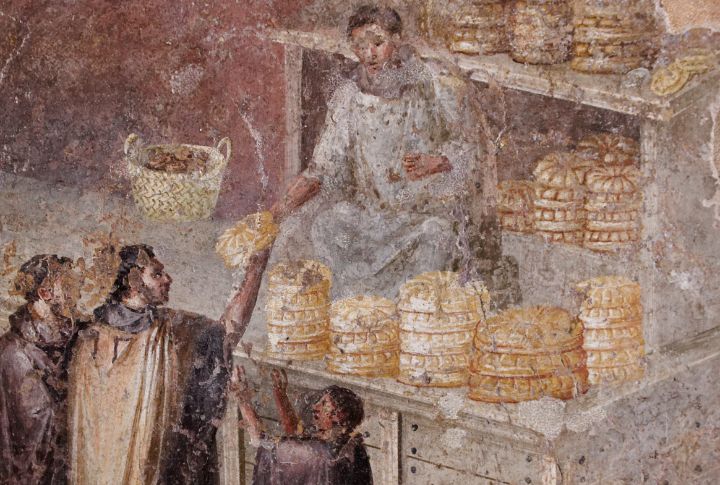
Power and wealth were concentrated among a small, elite group of patricians. Most Romans in the past did not come from wealthy families. They lived in crowded apartment buildings, and the state provided free food to prevent riots. The majority were farmers who worked hard just to make a living.
Roman Slavery And Modern Slavery Were Similar
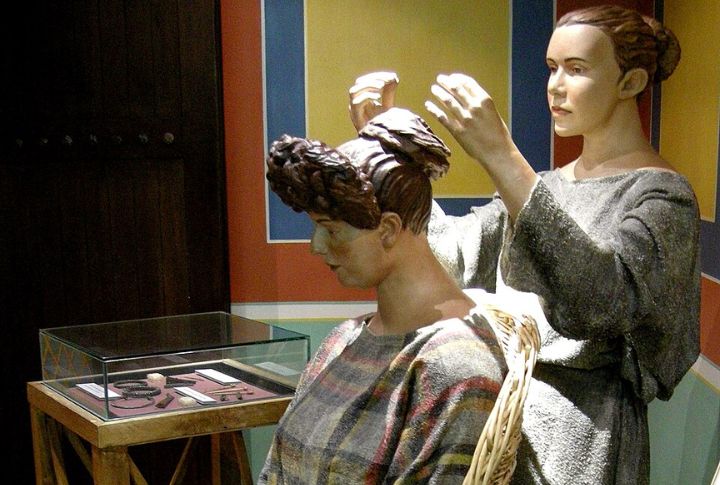
Roman slavery didn’t revolve around race. People became slaves through conquest, debt, or birth, and they worked in all kinds of roles—from hard labor to teaching. Some could even buy their freedom and rise to wealth. Unlike later systems, Roman slavery was fairly flexible and allowed for social mobility.
Julius Caesar Was Titled An Emperor
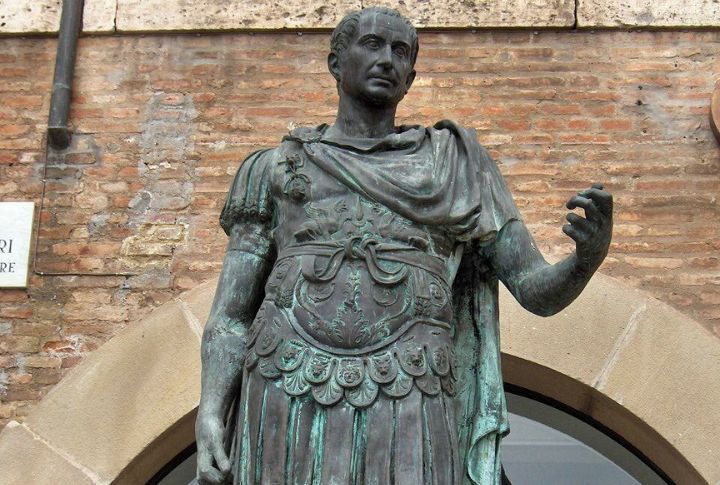
Here is a common mix-up. Julius Caesar was a powerful figure, but he was not an emperor. The title of emperor didn’t actually exist in his time. The first person to truly hold that title was his adopted heir, Augustus, who came to power after a long civil war.
Women Played Little Roles In Roman Society
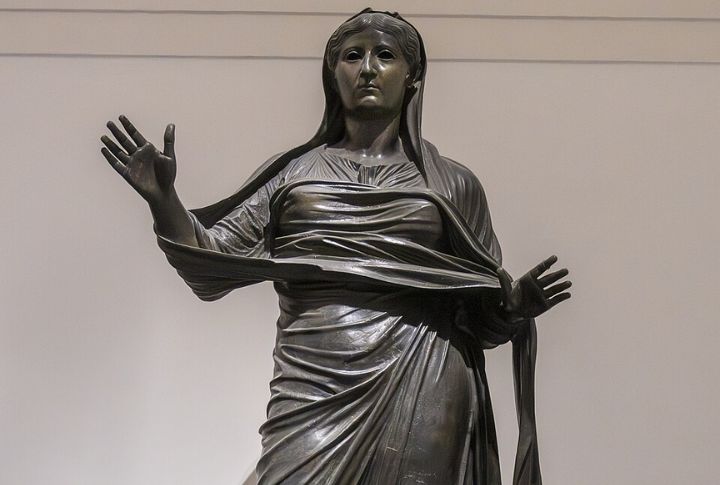
Women in Roman society were more than just background figures. Livia Drusilla acted as a powerful imperial advisor, and the Vestal Virgins held a respected role in religion. While they couldn’t hold political office, women still had significant influence, managing estates and businesses and wielding real, informal power.
Rome’s Borders Were Fixed And Permanent

That’s also false. The Empire was constantly expanding and contracting through wars and treaties, and Rome’s map was always changing. Structures like Hadrian’s Wall were built to mark a frontier; however, those lines were not permanent. Many provinces went through repeated cycles of being conquered and then being lost.
Roman Baths Were Just For Hygiene
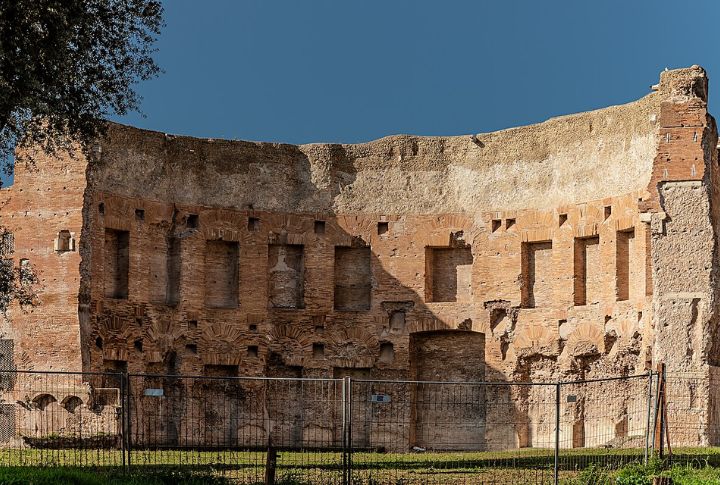
Roman baths were far more than places to get clean. Thousands visited these grand spaces with heated floors that served as social and cultural centers. Many baths had gardens and libraries. People went there to relax, handle business, and build social connections.
Christianity Was Always Opposed By Rome
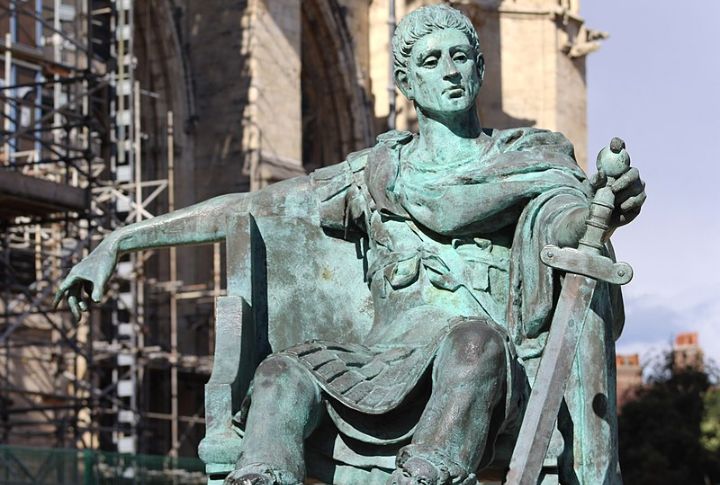
Christianity’s relationship with Rome was complicated. Early Christians faced persecution until Emperor Constantine legalized the religion. This major change led to Christianity becoming Rome’s official faith. Christians gained political power, and many pagan temples turned into Christian places of worship.
The Roman Empire Was Ethnically Homogeneous
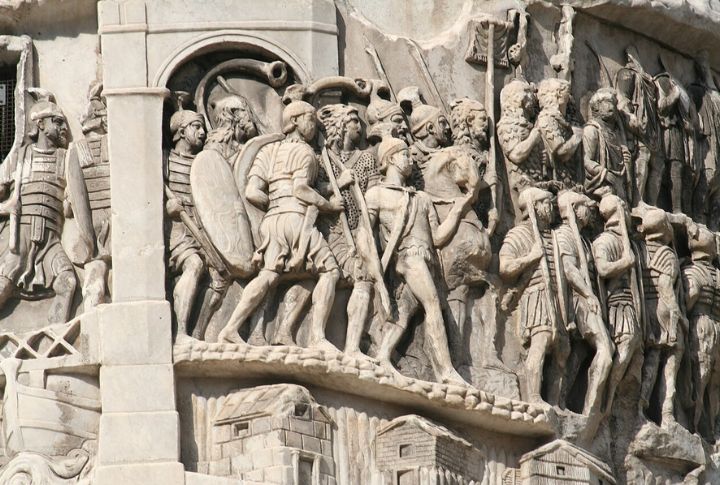
The Roman Empire was incredibly diverse, and people came from many different backgrounds. For example, Emperor Septimius Severus was born in Africa. In fact, the Roman army and government included individuals from across the Mediterranean. Moreover, food and culture reflected influences from all the peoples Rome had conquered.
Roman Mythology And Greek Mythology Are Similar
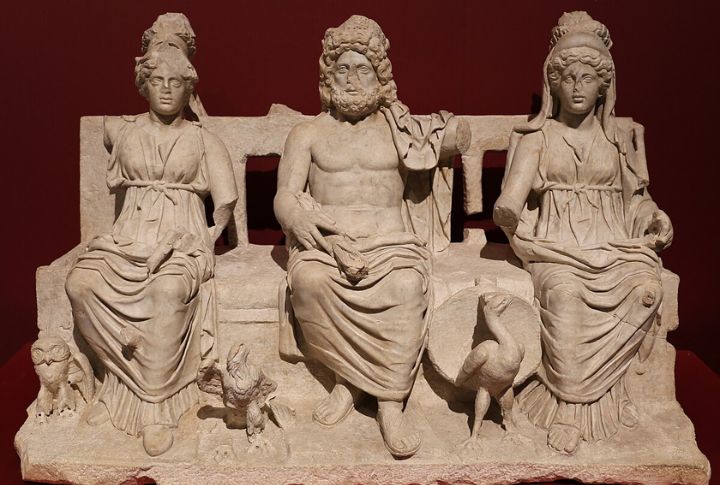
Roman myths and rituals intertwined with Greek and local Italian traditions, forming a rich cultural tapestry rather than a simple copy-paste. The Romans created unique deities such as Janus, who had no Greek equivalent. They borrowed extensively from Greek mythology and transformed gods like Zeus into Jupiter and Ares into Mars.
All Emperors Were Tyrants
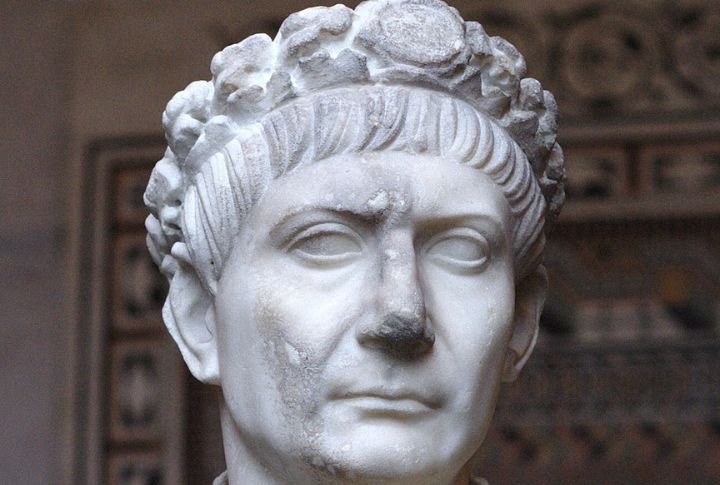
The first Roman emperors called themselves “Princeps—a way of saying they were “first among equals.” Certain emperors earned widespread admiration, such as Augustus and Trajan, who gained fame for their governance and public works. Believing that all emperors were cruel is simply incorrect.
The Colosseum Was Only Used For Gladiator Fights
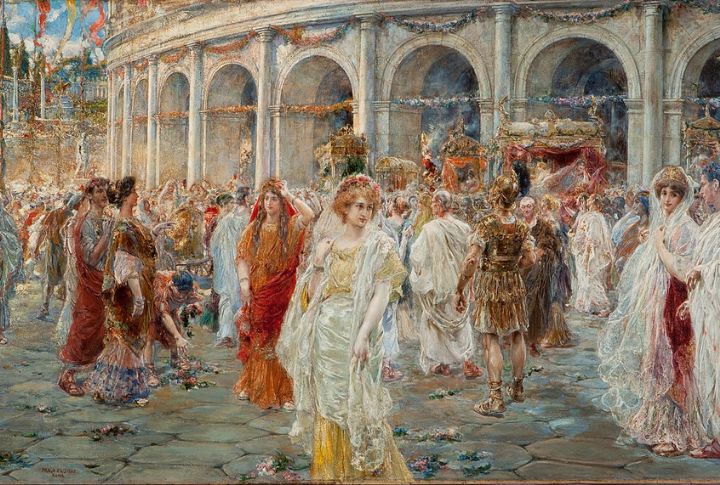
Gladiator fights were a big part of the Colosseum’s purpose, yet they were not the only attraction. Emperors also used the arena to offer free entertainment and gain public favor. The stadium was incredibly versatile and hosted exotic animal hunts and even public executions, which showcased its dramatic range.

